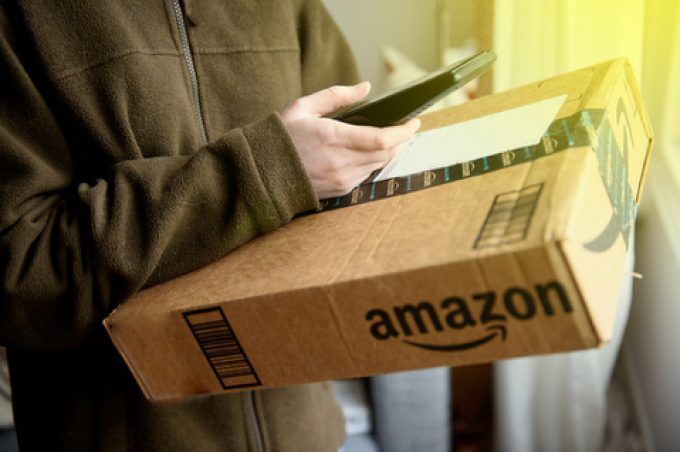FedEx and Amazon partner-up again in new deal to move large parcels
Six years after going their separate ways, FedEx and Amazon have hooked up again, to ...

UPS is cutting its work with Amazon – in a way that “makes sense for us” – to focus on delivery density.
In an earnings call, CEO Carol Tome noted that the integrator saw volumes fall, missing its forecast by some 222,000 packages a day.
“I would ...

Comment on this article